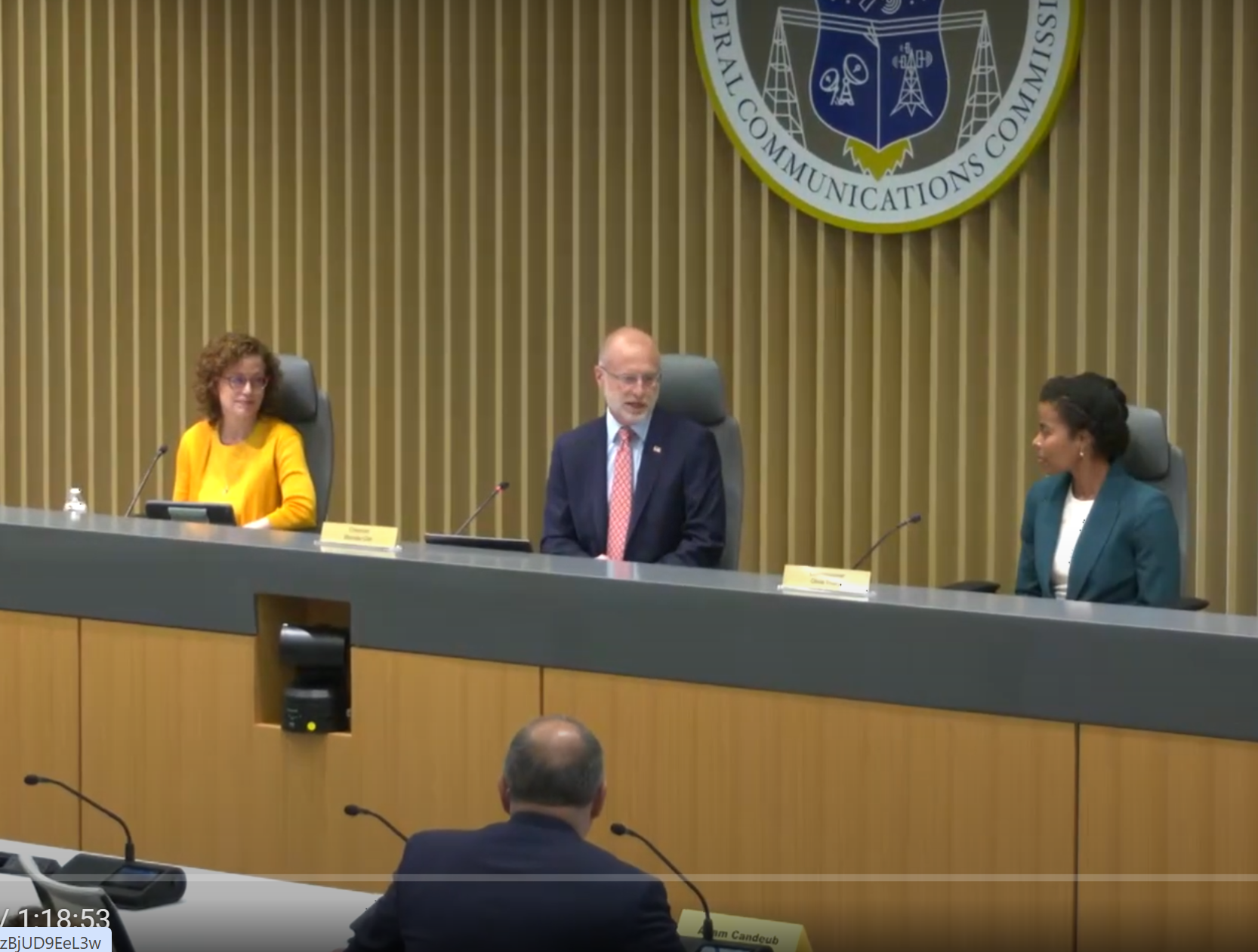Convergent Design Unveils New HD Recorder/Player
Convergent Design this week announced the debut of the nanoFlash, the second product in the company’s line of portable HD recorder/player products.
nanoFlash records video, audio and timecode from an HD/SDI stream onto CompactFlash cards, employing the Sony 4:2:2 MPEG-2 codec. The company claims nanoFlash is the smallest (4.2x3.7x1.4-inches, 106x94x36mm) and consumes the lowest power (<10W active, 2W standby) when compared to similar HD recorder/players. It retails for $3,495.
The camera-mountable nanoFlash, a miniaturized version of the Convergent Design Flash XDR, features two CF card slots and embedded audio support only (Flash XDR has analog audio I/O and four CF slots). nanoFlash can be powered by a camcorder battery (6.5 to 20V) and records 1080i60/50, 1080p30/25/24 or 720p60/50 at full raster (1920x1080i/p and 1280x720p) 4:2:2 MPEG-2 at 50/100 Mbps (Long-GOP) or 100/160 Mbps (i-Frame only). As both a recorder and player, nanoFlash features HD-SDI I/O as well as LTC-in, RS-232/485 (remote control) and a power/start/tally-light connector. The nanoFlash can record MPEG-2 video and up to eight channels of embedded audio and timecode in the MXF format using the FAT32 file system.
32GB CompactFlash cards (available at retail for $135) enable 140/70 minutes of record time of high-quality 50/100 Mbps 4:2:2 footage (per load of two cards). Convergent says that unlike FireWire-based hard disk recorders, nanoFlash can encode a live camera’s “never compressed” HD-SDI output to a much higher quality, higher bitrate with less compression.
Convergent says nanoFlash also eliminates the need for tape decks. Instead, four stackable Lexar FireWire-800 LDMA CompactFlash readers can be daisy chained to provide editors direct access to 280 minutes of 50 Mbps 4:2:2 footage (four CF cards) from their NLE timeline, without copying to their hard drive.
“nanoFlash is a fantastic addition to virtually all HD-SDI based cameras, offering high-quality recording/playback and enabling a tapeless workflow on low-cost CompactFlash media,” said Mike Schell president of Colorado Springs, Colo.-based Convergent Design.
Additionally, finished projects can be archived by recording back to nanoFlash via the HD-SDI out from an NLE. The file(s) can then be copied from CF cards to a Blu-ray disk for long-term storage (a 50 GB Blu-ray disk holds 60 minutes of visually lossless 100 Mbps 4:2:2 Long-GOP video).
nanoFlash also includes a special +5V output tap for powering HDMI to HD-SDI (nanoConnect) or HD-SDI to HDMI (nanoView) converters. These converters can be mounted on the backside of nanoFlash enabling recording from HDMI based cameras or playback to HDMI/DVI monitors and projectors for presentations, museums, and client review, etc.
nanoFlash can be further enhanced with an ASI I/O firmware upgrade. ASI I/O (MPEG2 TS) enables use of nanoFlash in HD ENG/EFP (live news coverage) and video over IP applications. Programmable bit-rates from 17.5 to 100 Mbps easily support microwave and satellite transmissions.
nanoFlash will begin shipping in September 2008.
The professional video industry's #1 source for news, trends and product and tech information. Sign up below.
